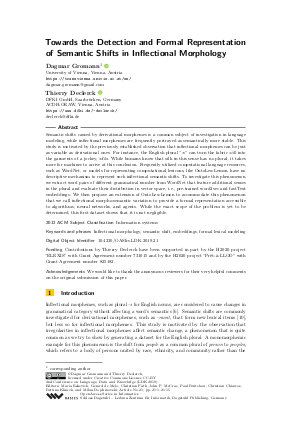OASIcs.LDK.2019.21.pdf
- Filesize: 436 kB
- 15 pages

 Creative Commons Attribution 3.0 Unported license
Creative Commons Attribution 3.0 Unported license















Feedback for Dagstuhl Publishing